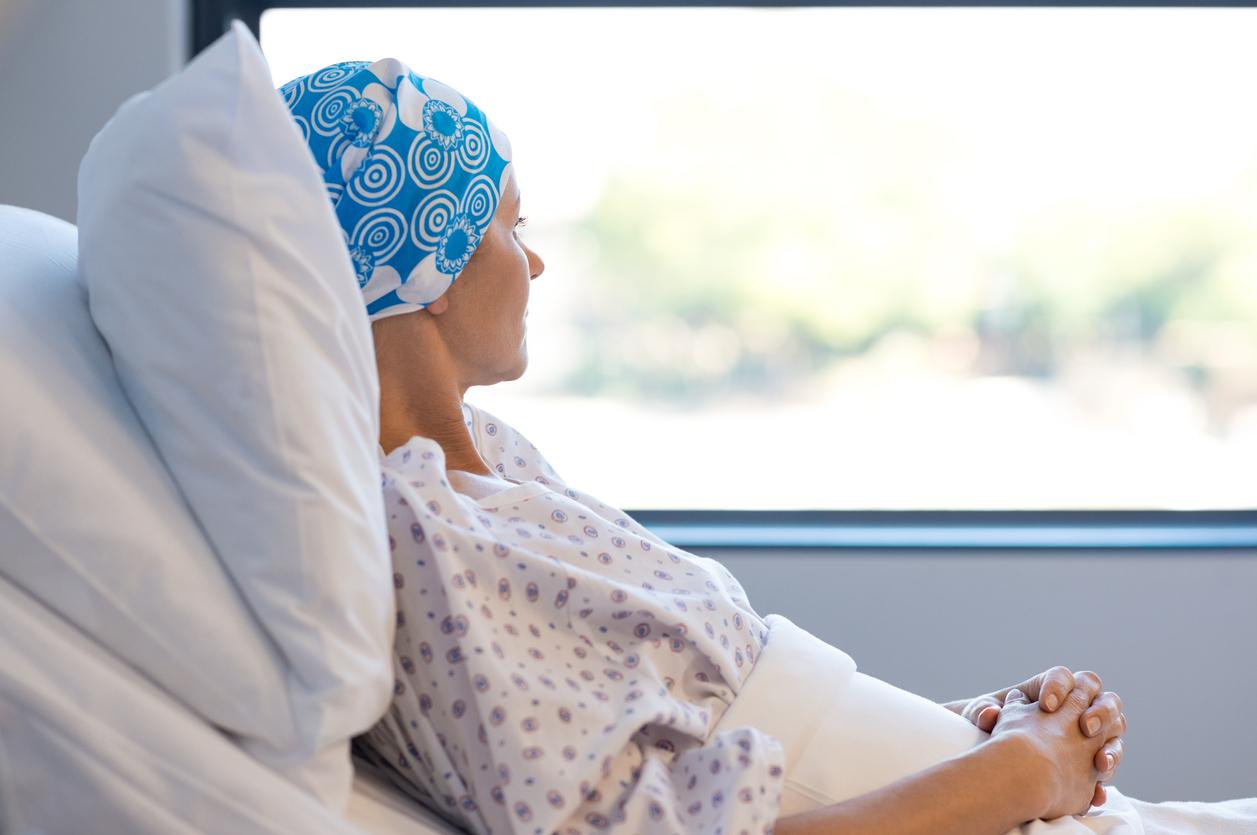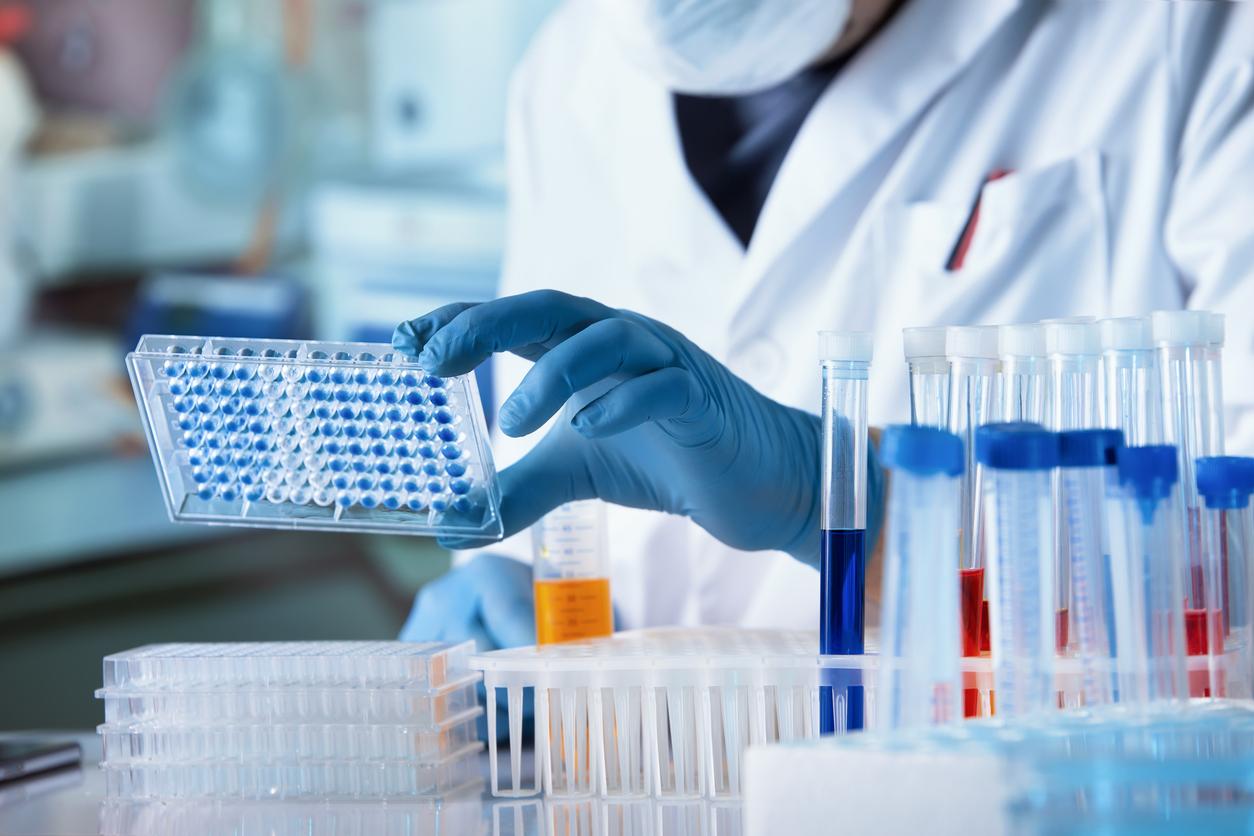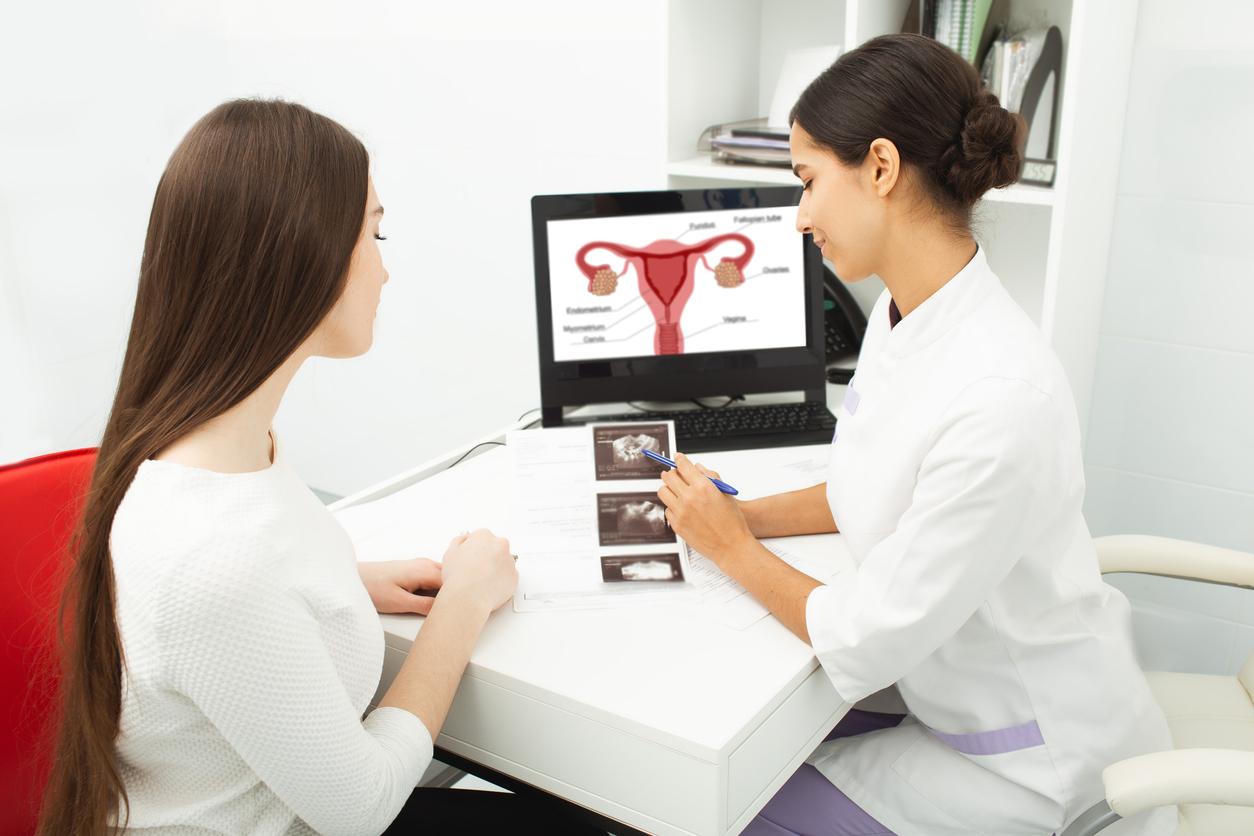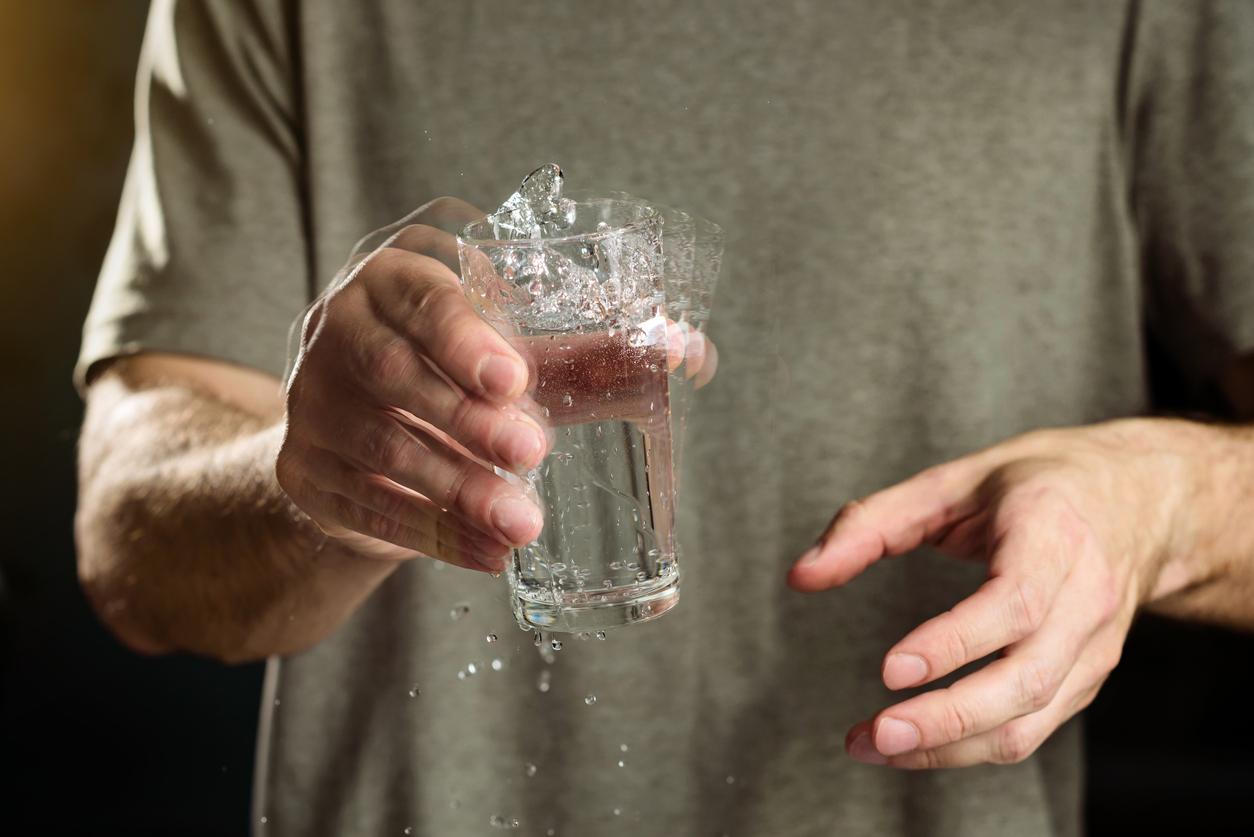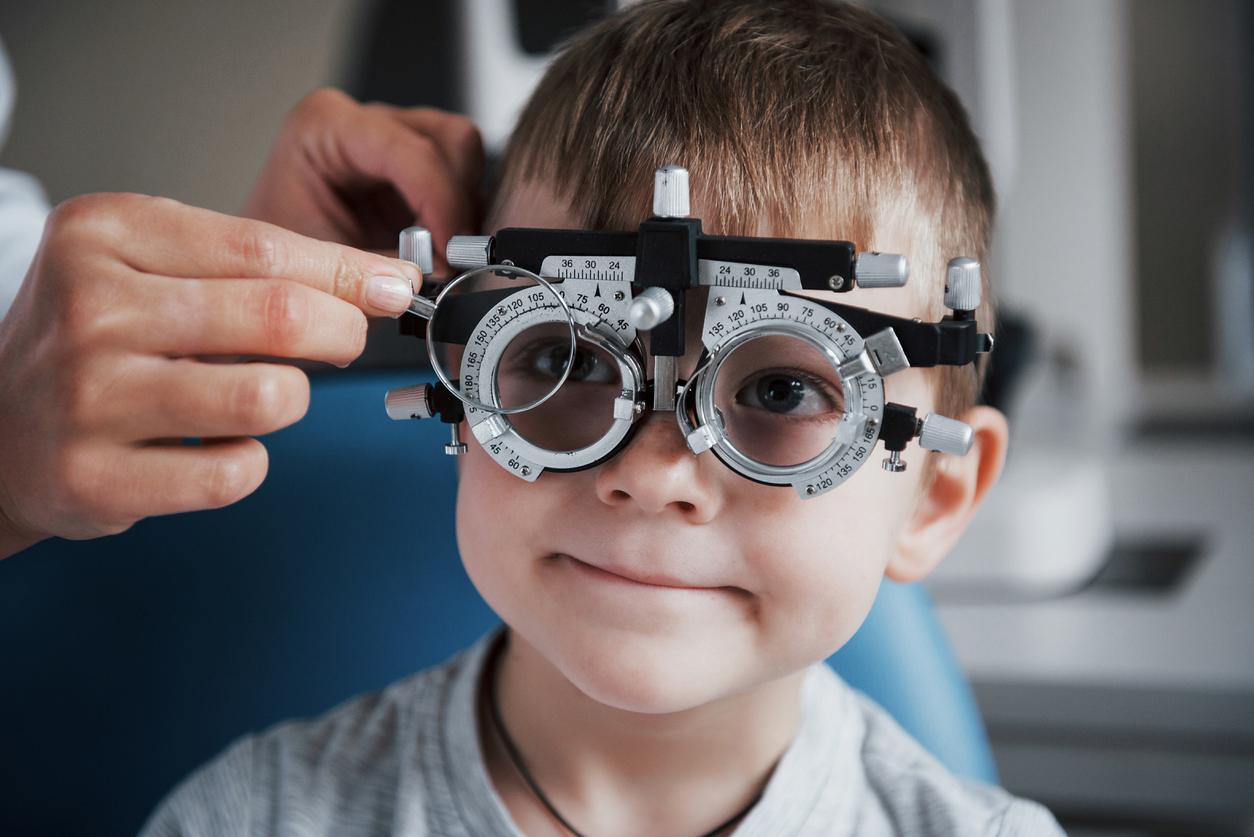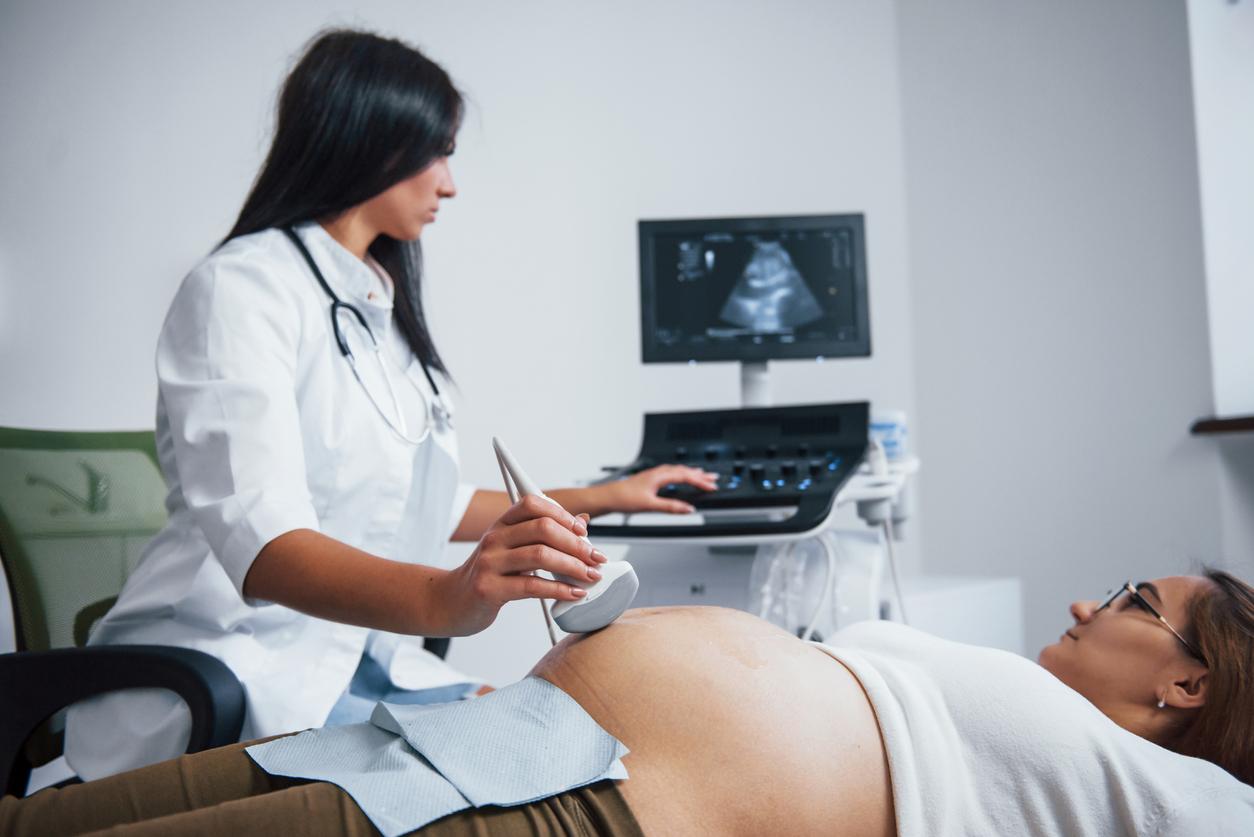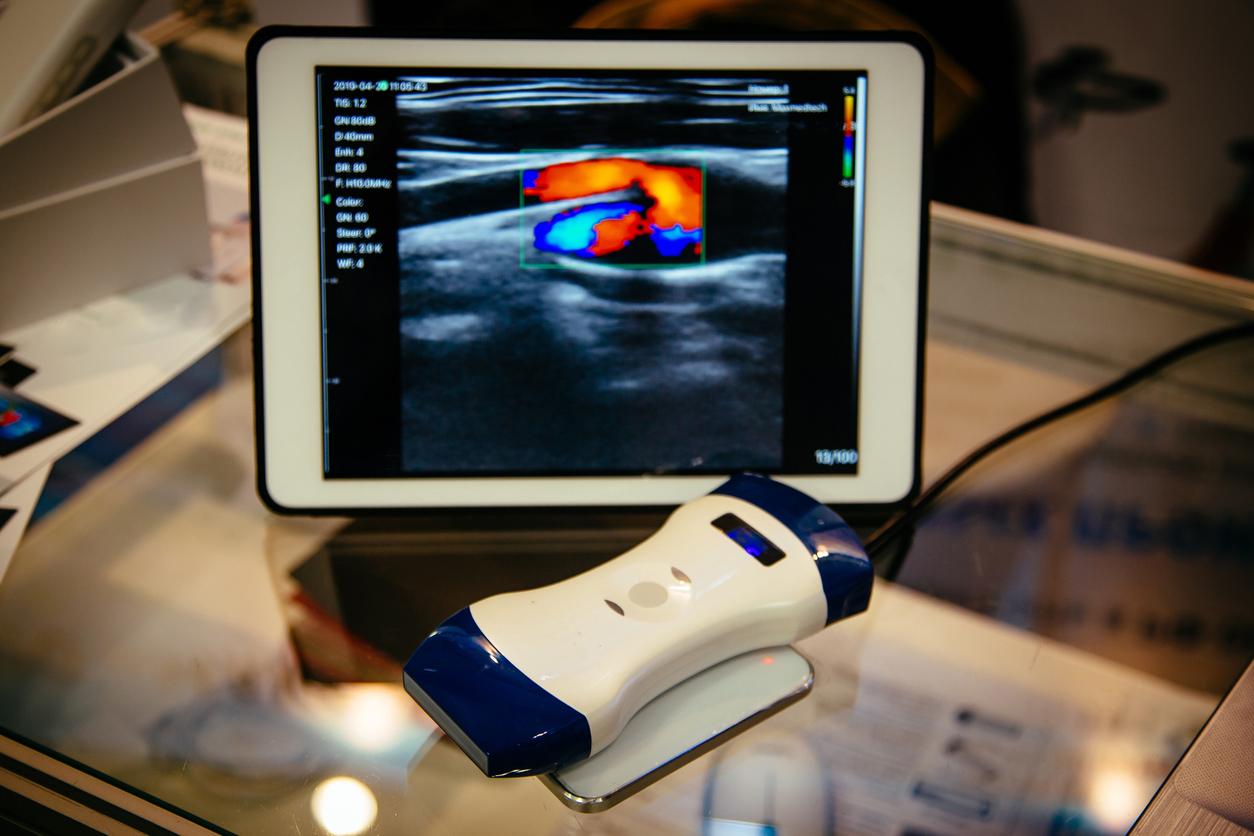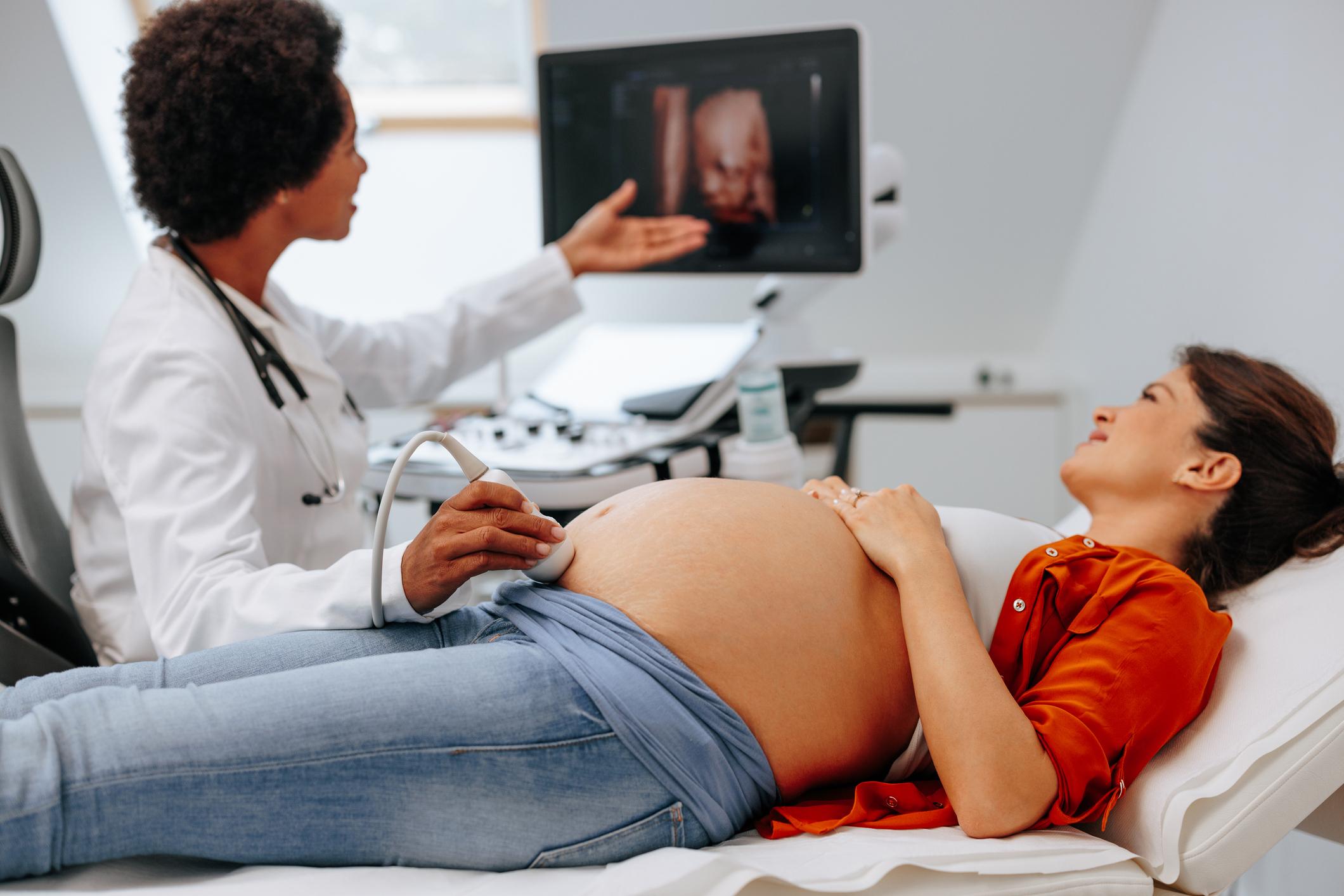A new system for disinfection of ultrasound probes with UV-C has received the Galien Prize for Innovative Medical Device 2020. It would offer greater safety for patients compared to the chemical processes used until then. Clément Deshays, boss of the Germitec company which developed it, answers the questions of Why Doctor.

– Why Doctor: You have just received the Galien Prize for Innovative Medical Device 2020 with your ultrasound probe disinfection system. What is it about ?
Clement Deshays: Hypernova Chronos is a disinfection enclosure that is equipped with type C UV sources, optical sensors and algorithms that control all of these sources. This allows high-level disinfection to be achieved in 90 seconds where competing techniques for ultrasound equipment take 12 to 30 minutes. It is the first photonic and non-chemical high level disinfection system.
– But disinfection with UV is a technique already used…
CDs: Yes, there have already been systems that use UV to disinfect but never at this level, never on this type of instrument and never with the control that we bring and which makes it possible to guarantee disinfection. Until then, we had been using tools like those used by hairdressers to sanitize their scissors! This is the first time that we have a controlled system that allows us to be labeled as high-level disinfection.
– Technically, how does this device work?
CDs: Disinfection by UV-C, these are sources that emit photons on a particular wavelength. These photons have a very high energy charge and when they encounter a microorganism, they penetrate it and destroy its DNA.
– What needs led you to develop this system?
CDs: Initially, it was a request from French radiologists who considered that they could not effectively disinfect their ultrasound probes between 2 patients. Everything that existed on the market until then was not compatible with their practice: they have about 5 minutes of time between two patients and the other disinfection techniques take between 12 and 30 minutes! As a result, they would need to have additional probes or staff who only deal with that, which would upset their organization and is therefore not possible for them. This problem is international, we wanted to draw a link between care productivity and patient safety by making effective disinfection possible between 2 patients.
– Is there a risk of infection for patients with the usual and lower level systems?
CDs: There is a great debate on this subject. Indeed, the infections that can be transmitted by ultrasound probes are essentially sexually transmitted diseases whose symptoms appear late. And when patients realize this, they don’t necessarily make the connection with an ultrasound that took place several months or years earlier. However, there are epidemiological simulations which estimate that there would be several thousand patients infected each year with traditional techniques of disinfection of probes. And a study by the Scottish NHS shows that, without being able to achieve high-level disinfection, the methods currently still used lead to a 41% increase in the risk of becoming a victim of an infection for a vaginal ultrasound, these ultrasounds representing 90 % of endocavitary ultrasounds.
– What were the disinfection methods used until then?
CDs: Our technology replaces either a simple wipe, for less rigorous uses, or the so-called chemical soaking technique, a container of toxic chemicals in which the instrument is soaked, or more complex systems combining peroxide cartridges. hydrogen and ultrasound to nano-nebulize the disinfectant in an enclosure. Effective chemical methods are very time consuming and complex to apply
– Which patients are most affected by the use of this device?
CDs: The people most affected are all pregnant women! And in particular those who, for in-vitro fertilization, do a lot of vaginal ultrasounds. But there are also prostate biopsies for men, in local regional anesthesia, for emergency services where the probes are in contact with lesions or blood and in intensive care where the probes are used to place catheters. .
– Is your device a response to new regulatory requirements in terms of disinfection?
CDs: On the subject of disinfection of vaginal ultrasound probes, the main developed countries have in fact issued new recommendations over the past three years. Many studies have shown that we are facing a real public health problem. By following the recommendations of the World and European Ultrasound Societies, several countries, including France, have clung to the bridgehead represented by the USA, Canada and Australia, which have long imposed a high level of disinfection for these practices. .
– What does your system do and, beyond ultrasound probes, what healthcare instruments can it be used for?
CDs: Our device is automatic, it offers traceability, it eliminates the risk of human error, it is the only one which has proven its effectiveness against the papillomavirus in laboratory conditions and in real conditions, it is fast and allows practitioners to be sure to be able to disinfect their probes between two patients. And of course, it is the only system which does not use chemical products which represent a danger for health professionals as well as for patients since it is known, for example in the case of IVF, that the residues of these products can damage gametes and embryos. For all these reasons, this technique could be applied to many medical instruments, beyond ultrasound probes, ENT endoscopes, laryngoscopes, ophthalmological probes, in fact most instruments in contact with mucous membranes.



